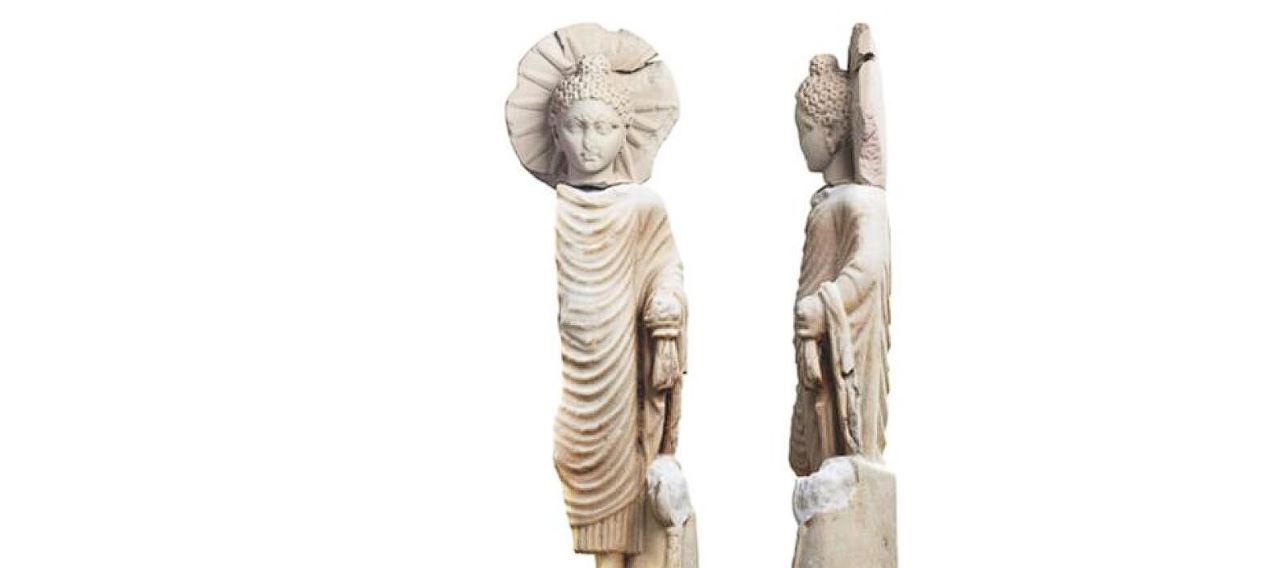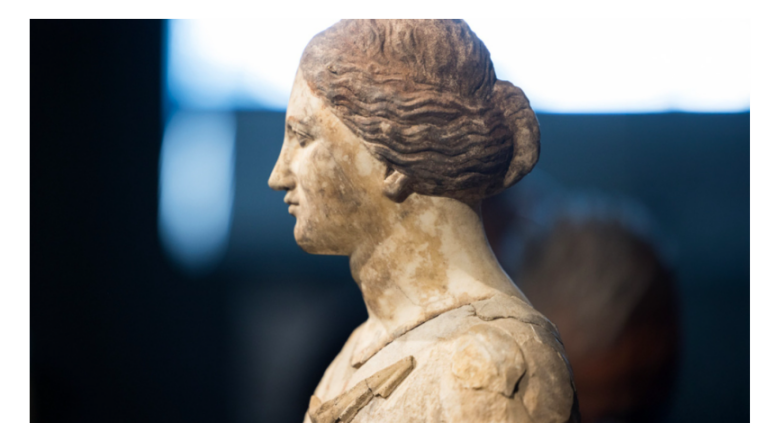The American-Polish archaeological mission excavating the main early Roman period temple (dedicated to the Goddess Isis) in Berenike uncovered in the forecourt of the temple a marble statue of the Buddha.
Mostafa Waziry, Secretary General of the Supreme Council of Antiquities, asserted that the newly discovered statue is striking evidence of trade between Egypt and India during the Roman Empire.
He added that Egypt was at the centre of a trade route that connected the Roman Empire with many areas of the ancient world, including India.
Waziri added that several Roman-era harbours on Egypt’s Red Sea coast engaged in commerce, the most important being Berenike.
Ships from India arrived with products – such as pepper, semi-precious stones, textiles and ivory – and offloaded them at Berenike, he stated.
The cargo was then carried on camels that conveyed the goods across the desert to the Nile, according to Waziri.
Other ships then transported the merchandise to Alexandria and from there to the rest of the Roman Empire, he said.
Mariusz Gwiazda, director of the Polish side of the mission, pointed out that the 71-centimetre-high statue depicts the Buddha standing and holding part of his clothing in his left hand. He added that a halo with sunrays surrounds the Buddha’s head, indicating his radiant mind, in addition to a lotus flower standing beside him.
more at ahram.org
Ask me anything
Explore related questions





